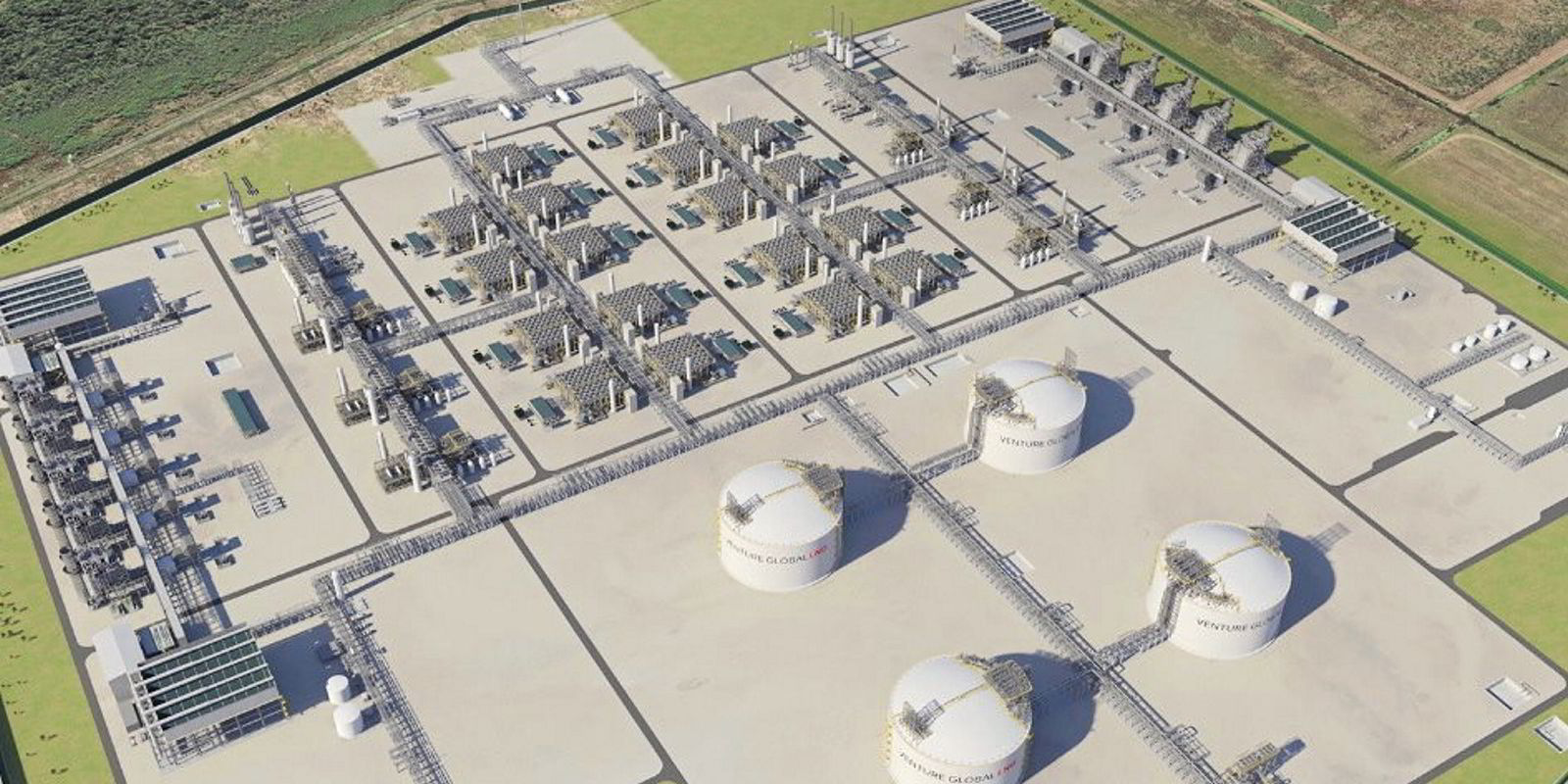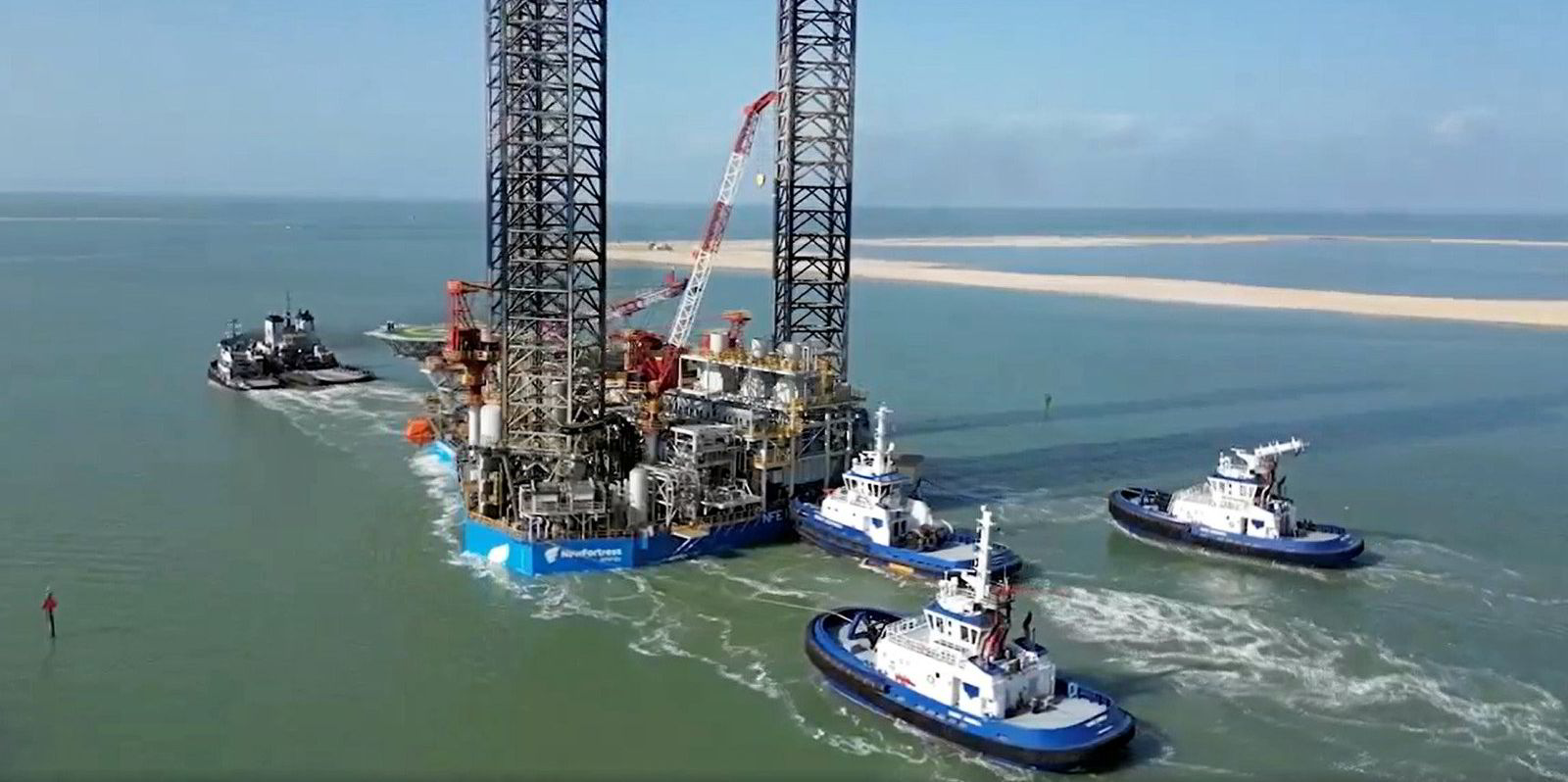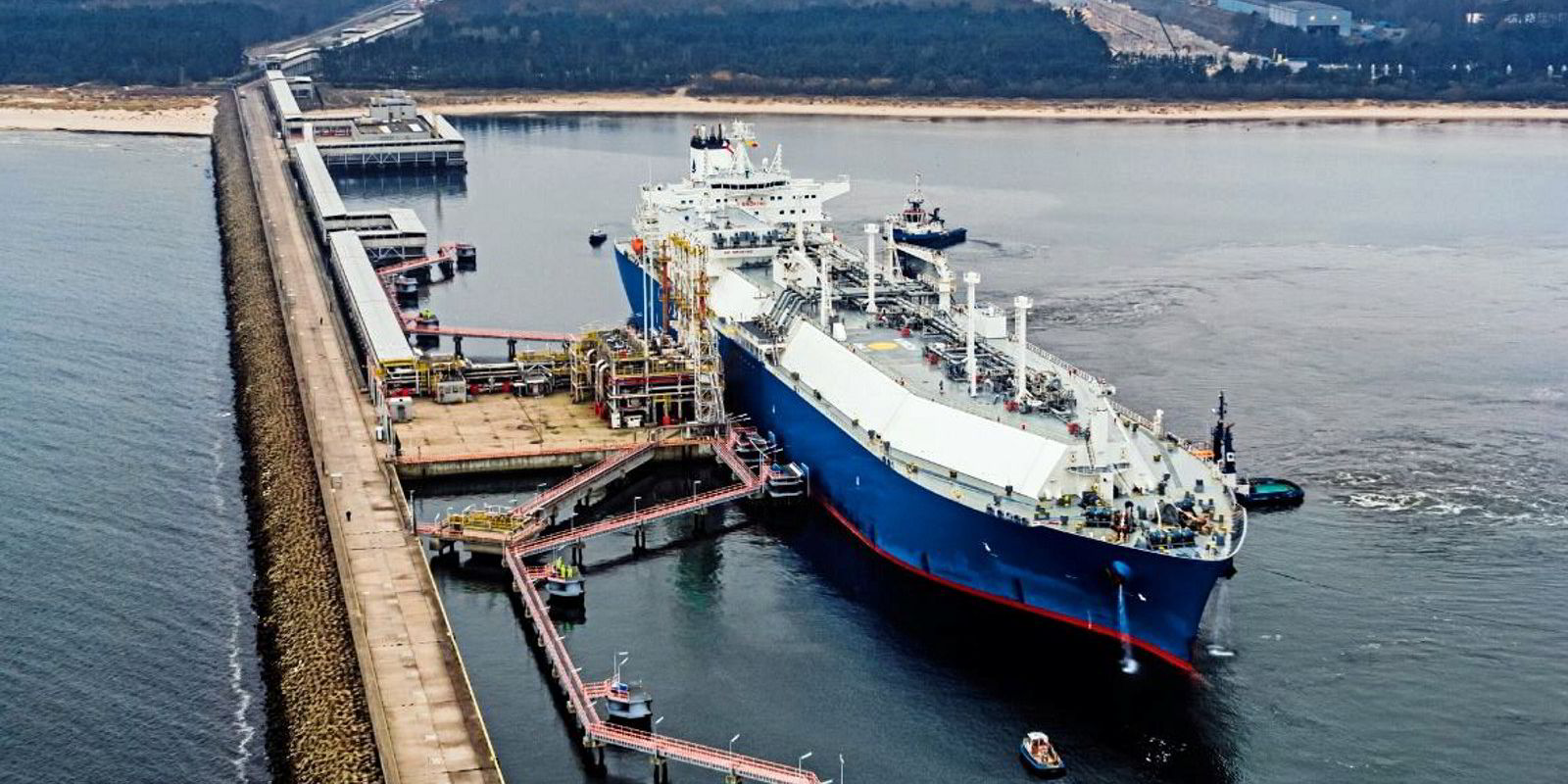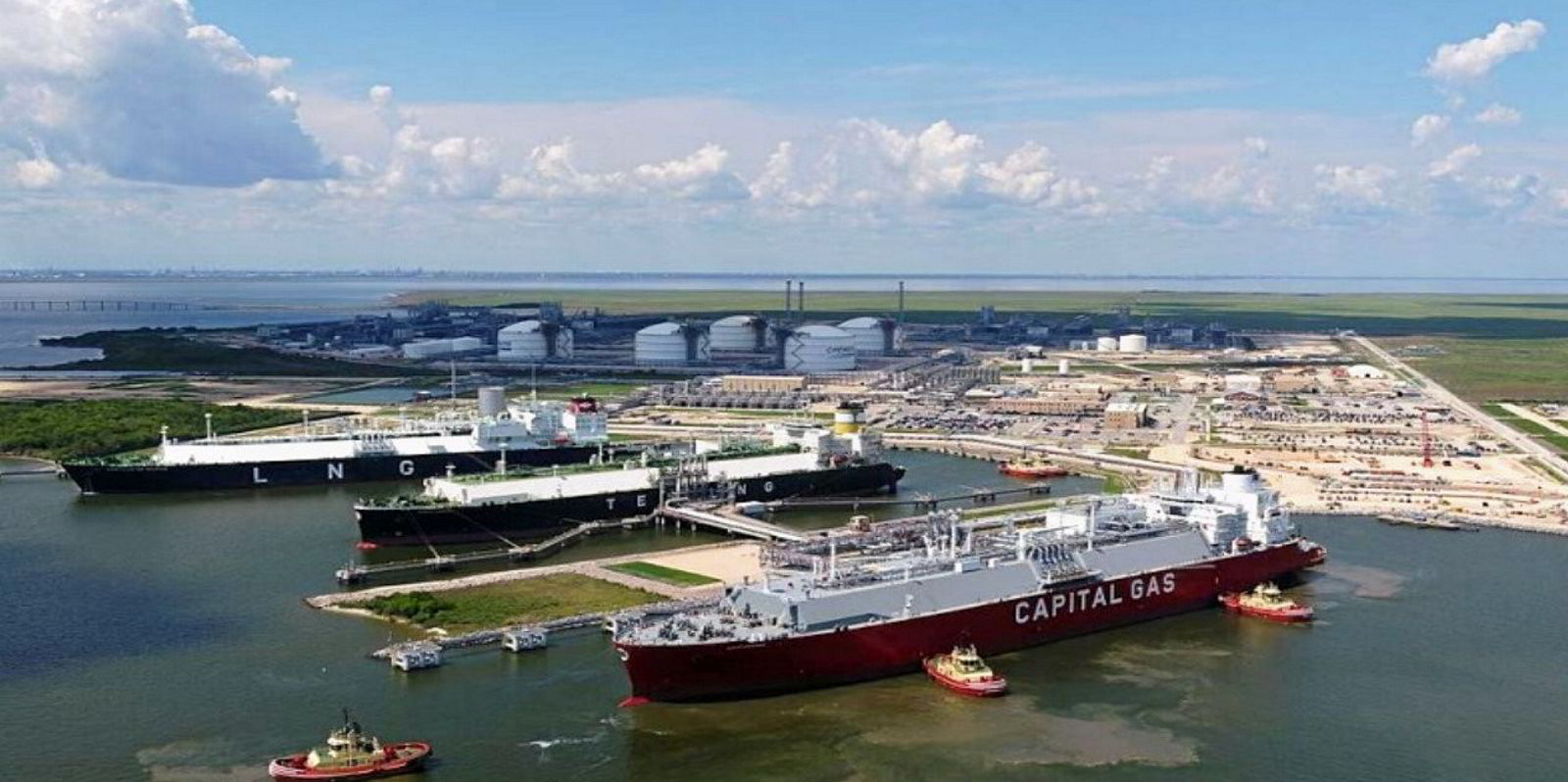More than 60 million tonnes of new US LNG capacity could be given the go ahead in 2023, or early in the new year, if three more liquefaction projects close to selling all their product move on final investment decisions.
Speaking on a webinar, Poten & Partners global head of business intelligence Jason Feer said three US LNG projects — Venture Global LNG’s 6.7-million tonnes per annum Plaquemines LNG 2, Sempra Energy’s 13.5-mtpa Port Arthur LNG and the 17.6-mtpa Rio Grande LNG led by NextDecade — have taken FIDs so far in 2023.
Feer flagged up that Venture Global’s 10-mtpa CP2 project has sold more than 92% of its planned volumes and is targeting a first quarter 2024 FID.
He described Mexico Pacific LNG as “his favourite dark horse” and said its sales from the 9.4-mtpa from its trains 1 and 2 are also above 92% with plans to sanction the project pencilled in for this year.
Feer said Delfin Midstream also looks “well positioned” to move on one of its 3.5-mtpa floating LNG production units with an FID planned for 2023.
The Poten business head said taking all these six projects together would stack up at 60 mtpa of new US liquefaction capacity, which is more than Qatar’s planned LNG expansion.
Feer said other US projects outside these six also continue to move.
“We are seeing a pretty good pace in the US,” he said.
Feer said that according to Poten’s mid-year contract review some 36 mtpa of sales and purchase agreements (SPAs) were signed in the first half of this year, which he described as a “very active level of contracting”.
He said the US SPAs are weighted towards aggregator buyers along with those from Europe and China.
But he said what is missing in the line-up of buyers is the non-Chinese traditional Asian buyers.
Feer said it is clear that European buyers are continuing to rely on spot and short-term deals.
He said European gas storage is currently exceeding requirements and creating a “significant buffer”.
Poten is forecasting slightly lower levels of gas storage for Europe in 2024, on the basis of a normal winter, compared to the relatively warm one seen last year, but still towards the high end of the five-year range.
Feer said the brokerage has adapted its 10-year forecast and now sees LNG demand for the region as remaining flat after peaking in 2026 rather than starting to decline from the middle of the decade.
He said this is largely driven by strong demand from Germany and its floating storage and regasification unit-backed import facilities.
In contrast, Poten sees South East Asian demand almost tripling to 61m tonnes in 2032 and in China expanding to 109m tonnes. But there could be downsides if Japanese declines are sharper or the Chinese take more Russian pipeline gas.
Feer highlighted the rise of long-term LNG SPAs seen in the last three years.
He also flagged up expiring contracts, which Feer said will drive structural change in the market as renewals tend to be for shorter terms so creating greater contract churn and a more fragmented but flexible LNG market.






